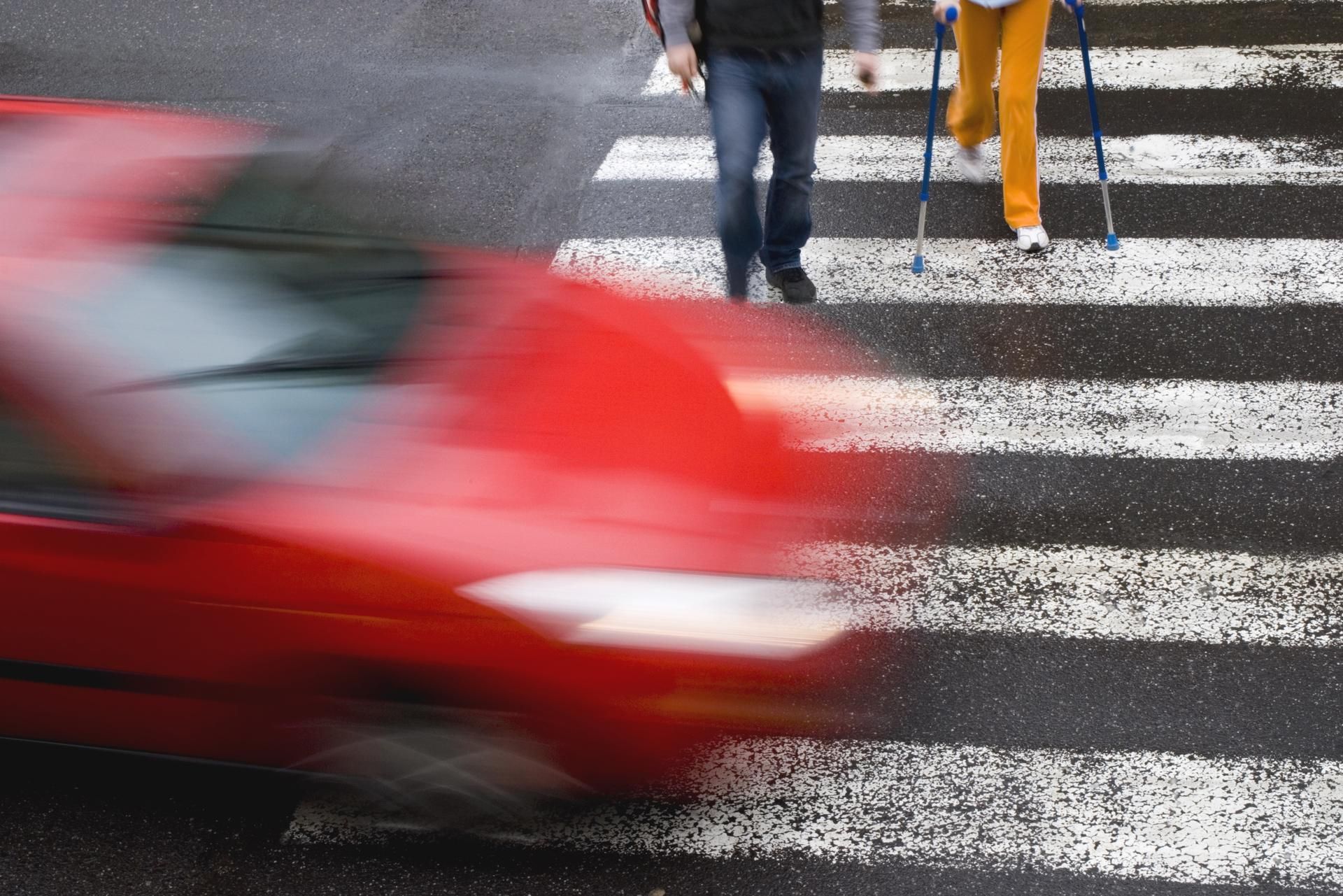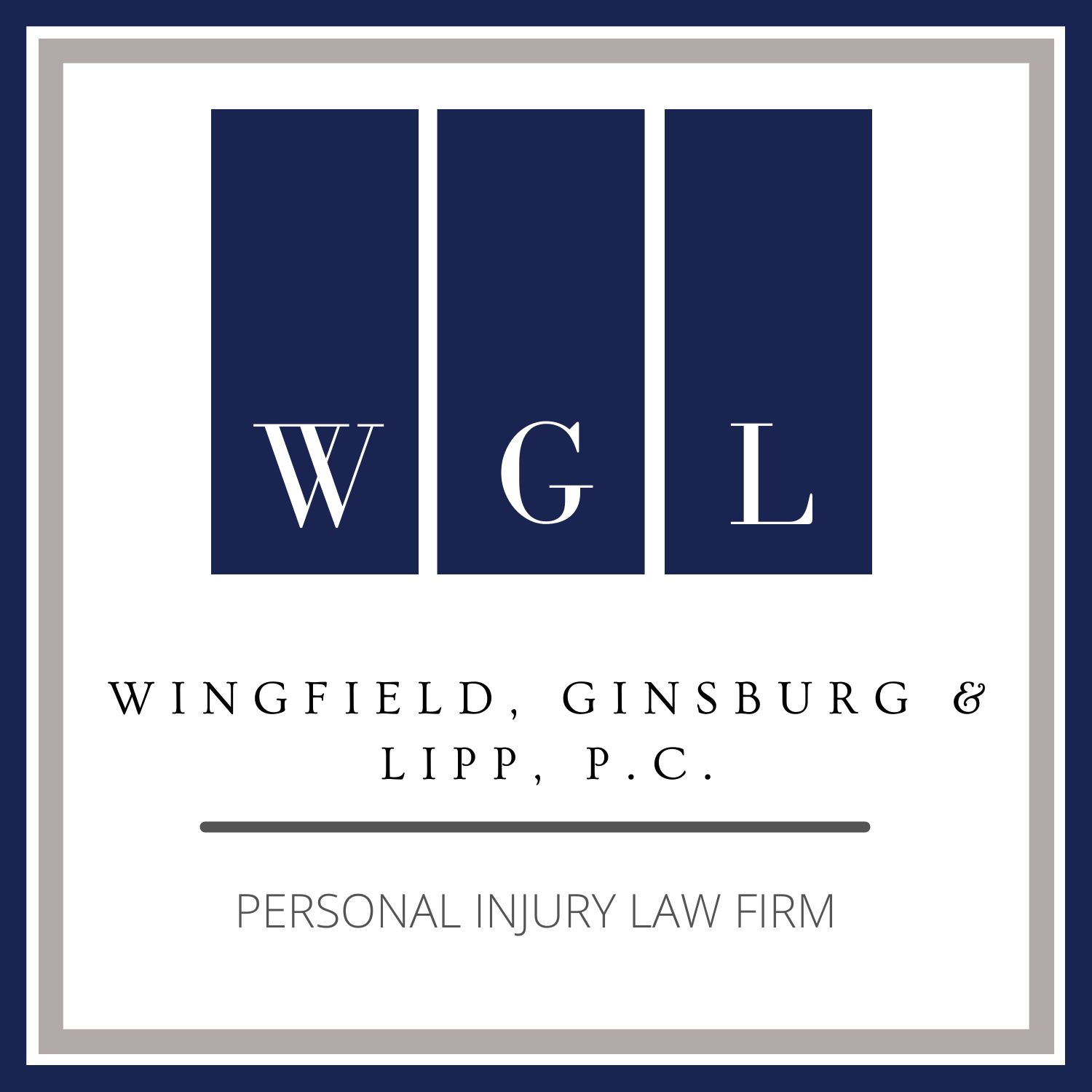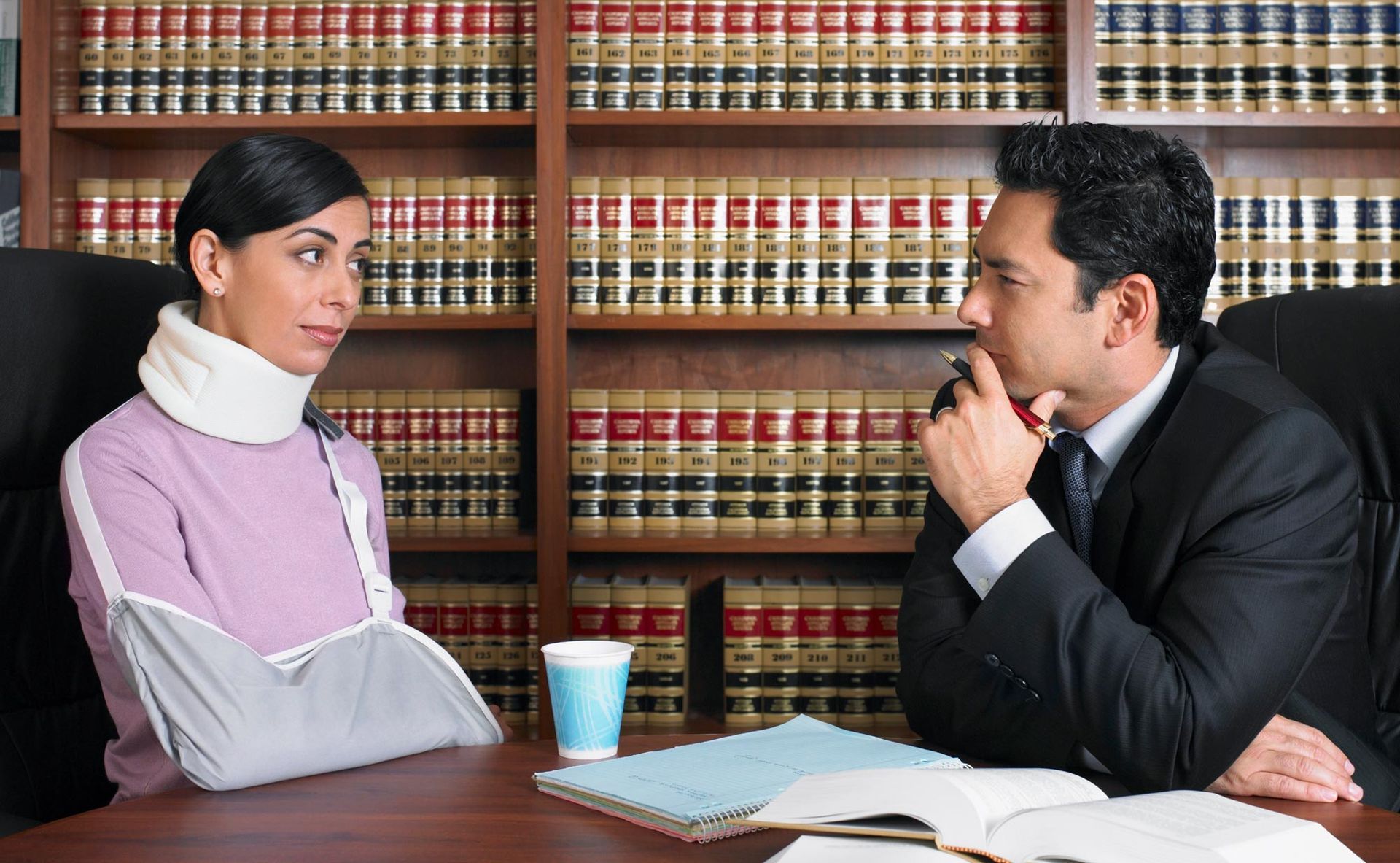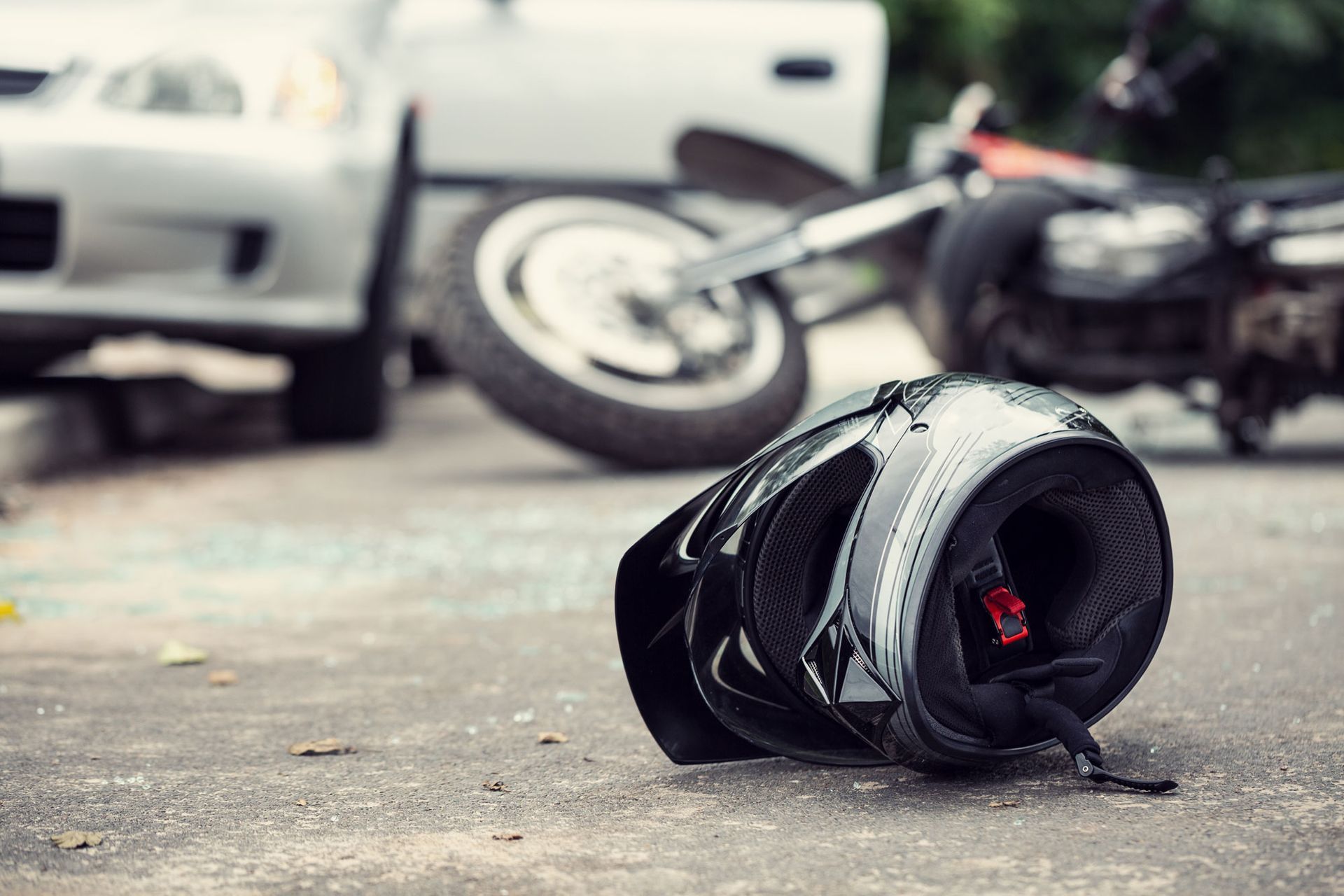Toll Free
Call Us Today
3 Things That Make a Pedestrian Accident Claim Time-Sensitive

The aftermath of a pedestrian accident often carries a lot of questions and confusion, especially when legal matters compound the physical and emotional trauma.
One key aspect that many victims might not realize is the time-sensitive nature of filing a pedestrian accident claim. A delay in this process can significantly impact the potential success of the claim. The countdown begins when the unfortunate event occurs, and understanding why could make all the difference in your case.
This blog post highlights three crucial factors that stress the urgency of filing a pedestrian accident claim, highlighting the importance of timely action and the complexities involved.
The Statute of Limitations
The statute of limitations is a law that sets the maximum time after an event occurs within which the victim can initiate legal proceedings. In the context of a pedestrian accident, there's a designated timeframe, often dictated by state law. Filing a claim beyond this period could result in losing the right to legal recourse.
The clock begins ticking from the date of the accident, and this limited timeframe highlights the importance of responding promptly in such situations. In Chicago, for instance, the statute of limitations for a pedestrian accident claim is two years.
While this might seem like a reasonable amount of time, the reality is that many claims require complex evidence and take time to process. So, time can quickly become a precious resource to collect the necessary proof and prepare a strong case.
In some cases, exceptions to the rule could extend or shorten the standard timeframe. For instance, if the victim is a minor or mentally incapacitated, the time limit may be extended. The law acknowledges that in such cases, the victim may need more time to realize the implications of their injury and decide to pursue legal action.
You have to consult an experienced lawyer for proper advice related to the statute of limitations and navigate these nuances accurately.
Evidence Preservation
Preserving evidence is critical to any personal injury claim, and pedestrian accident cases are no exception. In the immediate aftermath of an accident, crucial pieces of evidence can be unmasked that significantly strengthen a victim's claim. This may include skid marks, accident debris, or surveillance footage from nearby cameras.
As time passes, these important details might be lost, altered, or destroyed, whether intentionally or due to natural circumstances such as weather changes or daily traffic. For example, video footage from surveillance or traffic cameras may be deleted or overwritten. Rain and snowfall can easily wipe away skid marks.
In other cases, the evidence in question also includes witness testimonies, invaluable in establishing the sequence of events during the accident. Over time, however, memories can fade, people can relocate, or witnesses might become less willing to come forward. This decay of memory and loss of contact makes it critical to locate and interview witnesses as soon as possible following the accident.
An experienced pedestrian accident lawyer can work with accident reconstruction experts, investigators, and other professionals to gather and preserve evidence crucial for your claim. This makes a huge difference in building the strongest case to maximize your chance of a successful settlement.
Insurance Company Deadlines
Insurance companies generally have specific timelines that victims must adhere to when submitting their claims after a pedestrian accident. This is usually different from the statute of limitations and will likely be much shorter.
For instance, some insurance policies might require that the insurer be notified about the accident within a few days or weeks. Failure to comply with these deadlines could lead to a claim denial, essentially foregoing the victim's right to compensation from the insurance company.
If you have a qualified attorney, they can help you submit all necessary documents that the insurance company will likely require. This includes medical records and bills, accident and police reports, and photographic evidence of vehicle damage or bodily injuries.
Contact Wingfield, Ginsburg & Lipp, P.C. today to discuss your case and learn about your legal options. We understand how overwhelming a pedestrian accident can be, and we are here to help you make the best decisions for your future.
Contact Information
Address:
700 5th St. NW Suite 300, Washington D.C. 20001
Phone: 202-789-8000
Toll Free: 800-584-4165
Fax: 202-371-1825
Quick Links



